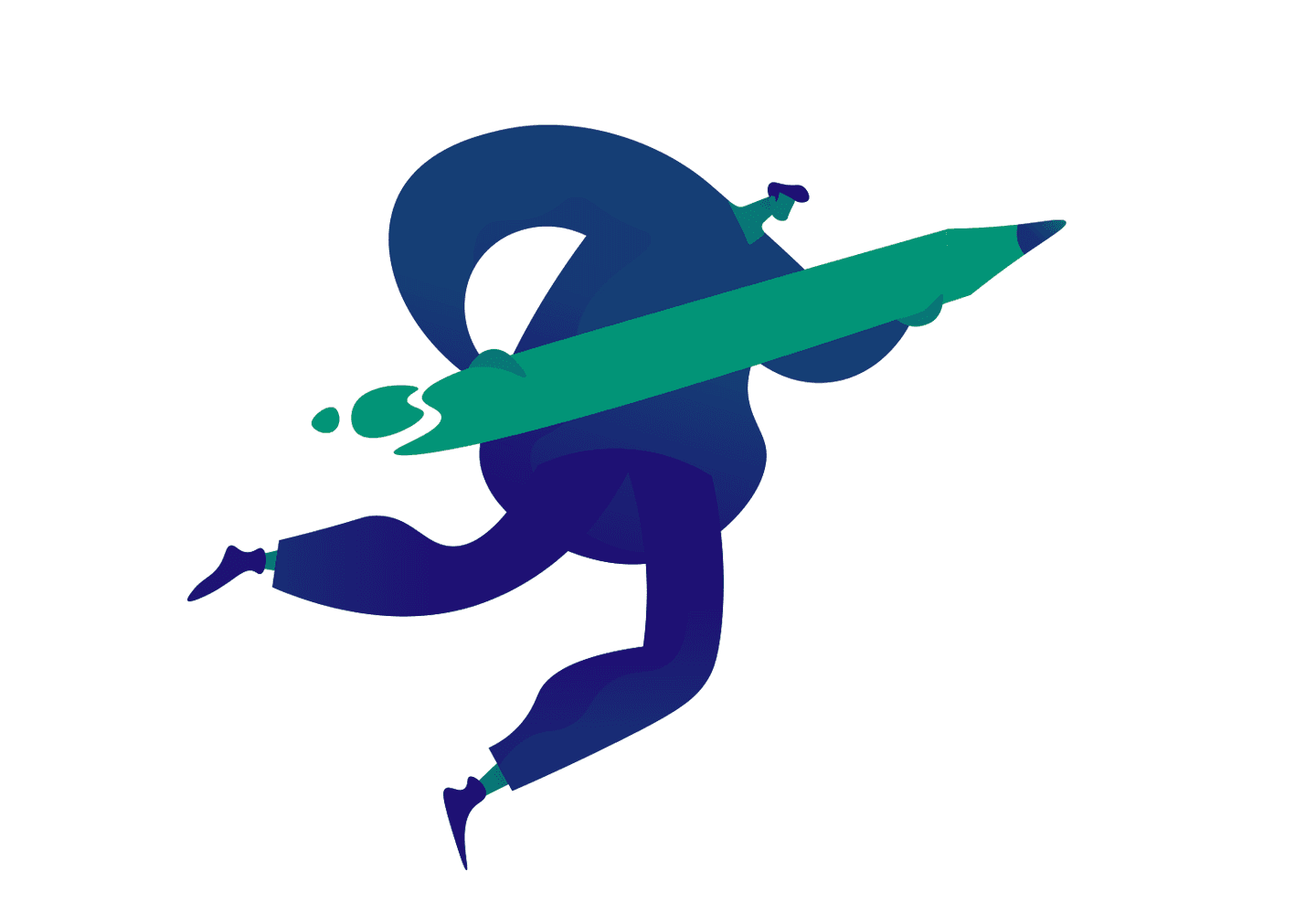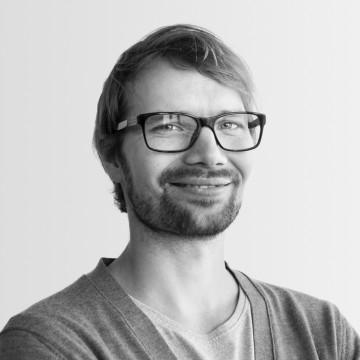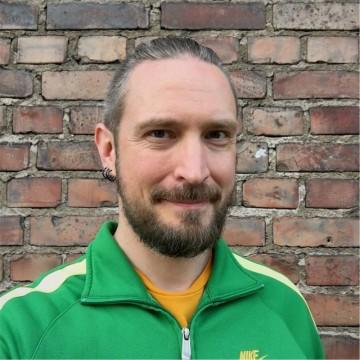How to Spark Change with Agile Coaching
Demonstrating the usefulness and potential of new ways of working can be tricky. At first, new initiatives involving Agile and other similar methodologies are often seen merely as expensive team-building exercises rather than a way to initiate a culture shift with a lasting business impact.

This blog post is the first in a two-part series that focuses on overcoming some of the hurdles commonly witnessed when initiating cultural change in an organization. Part two can be found here.
At Futurice, we love diving deep into our clients’ business to find the problems that are worth solving, and working on them in a co-creative manner, closely together with our clients.
This was also the case when the Product Development teams from Accountor's SME cluster teamed up with us to establish and implement common ways of working for their development teams, increase efficiency, as well as create a common culture for Product Development to enable better everyday work life and to build world-class digital products and services for their clients.
A successful change embraces co-creation and transparency, and brings people front and center. This is exactly what happened here. As Jason Little put it:
“The agile community’s stance for change is that we must embrace uncertainty – we can’t know everything upfront. And we need to accept that! We must be Agile, and use the values and principles of Agile to guide the change.”
How to get executive buy-in?
The first step on any organization's journey to change its ways of working is understanding where they currently are, and where they’d like to be. What are the problems they are facing? What are the success factors driving them forward?
Changing ways of working and, ultimately, the organizational culture, demands long-term commitment and systematic work. In the case of Accountor's SME cluster, this meant changing the daily habits and the way people work in Product Development, with the help of something we call the Agile Coaching Program.
Getting executive buy-in for something that can be seen as new, fluffy and hard to measure, can be difficult. To tackle that, we had to figure out how to make the impact and value more evident and concrete in order to justify the investment and ensure commitment from the organization and executives?
To that end, and in order to define the expected business benefits and metrics for our work, we conducted an extensive Current State Analysis (CSA) of Agile Maturity, which mapped the current processes and practices in Product Development within Accountor's SME cluster.
The CSA helped us turn the invisible visible, and the intangible tangible. It served as a concrete tool to form a common understanding of the initial state and language in Lean and Agile within the organization. Additionally, it supported us in setting the goals and success metrics for our work and, ultimately, helped to secure the necessary executive buy-in and commitment.

How to build a capable team to drive the change?
The culture is us, and we are the culture. And consequently, cultural change needs us all – executives, experts and consultants alike. To establish a new culture we need an active dialogue between teams, leaders, change facilitators and consultants.
To allow discussions to flow and new ways of working to spread on all levels of the organization, it is essential to move away from silos to multi-disciplinary combinations of teams and leaders. And so, our next problem to solve was how to make in-house stakeholders and external consultants work as a tight-knit team? How to make sure that in-house stakeholders are active and focus on removing the new obstacles caused by changes in the ways of working?
At the very beginning of our work we established a core team for the change that worked together intensively throughout the program. Having executive level people and commitment in this team was essential to enabling change and removing any obstacles. In addition, it was important to identify key stakeholders who were interviewed as part of the CSA to get their contribution, points-of-view and commitment.
How to create a culture for experimentation?
When it comes to learning and change, participatory and collaborative approaches are the way to go. Co-creation and experimentation play an important role in helping people adopt new ways and easing the pain of getting rid of old ones.
In order for people to really change, they have to be operating in the context of their daily work and solving everyday problems that make a real difference. Driving change in a co-creative way needs to be human-to-human. Our next problem, then, was how to establish a culture of experimentation, and how to enable change beyond the experiments done within the teams?
Multiple teams in Product Development took part in the co-creative, non-linear and feedback-driven Agile Coaching Program. The teams worked in two-week iterative experimentation cycles, or sprints, to systematically experiment with new ways of working. The experiments had a direct impact on the team's efficiency, productivity and attitudes on continuous development of their ways of working.
As the whole program was co-creative, nothing was forced on the teams. We tackled the most important issues and business problems one at a time. During our four-month journey together, the teams showed really good progress. Forums and practices were created to enable the teams to share and learn from each other. Ideally, we would have liked to engage the entire software development department even more, but within this time frame, our aim to create an even bigger impact with large-scale experimentation turned out to be too ambitious.
This concludes the first part of the story of our work with Accountor's SME cluster, where we have taken a look at securing executive buy-in for change, setting up a functioning, tight-knit team, and establishing a new culture that supports experimentation. But the story doesn’t end here. In part two of this blog series, we’ll focus on how the journey continues from here, and how to scale the change.
 Anna-Mari FagerströmVP, Strategy & Renewal
Anna-Mari FagerströmVP, Strategy & Renewal Juha MännikköTech Principal
Juha MännikköTech Principal Timo IntoHead of People Operations, Accountor Finago Product Development
Timo IntoHead of People Operations, Accountor Finago Product Development

